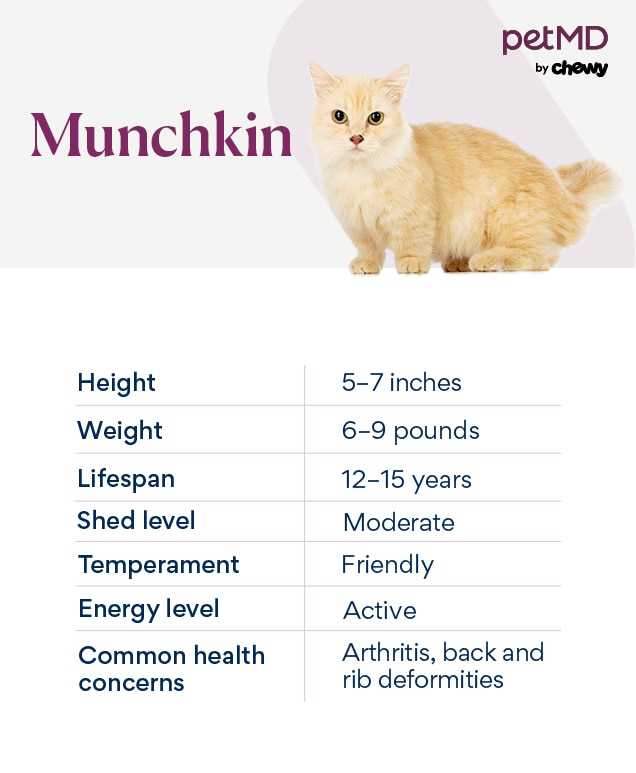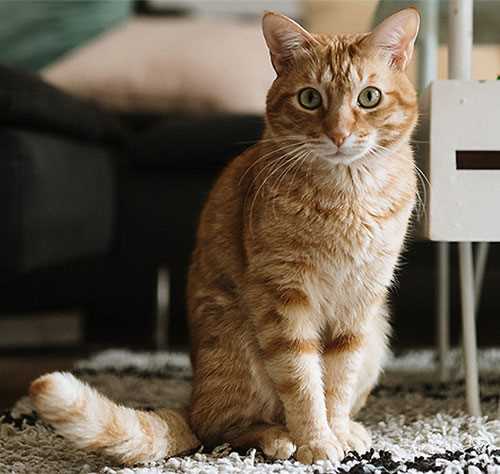

It’s advisable to consider sterilization between four to six months of age. At this point, both males and females are mature enough to undergo the procedure, significantly reducing the risk of unwanted litters. Waiting longer can lead to behavioral issues and health complications associated with mating instincts.
For male companions, the ideal time is just before they reach sexual maturity, which typically occurs around six months. This helps prevent aggressive behaviors and territorial marking. Female counterparts also benefit from early intervention, as spaying before their first heat cycle can lower the risk of mammary tumors and eliminate the chance of unwanted pregnancies.
While some may choose to postpone this important health decision, it’s crucial to recognize the risks involved. The longer one waits, the higher the likelihood of encountering various health concerns and behavioral challenges. Regular veterinary consultations can provide personalized advice based on individual circumstances, ensuring the best outcomes for our furry friends.
Understanding the Risks of Late Neutering in Cats
Delaying surgical intervention can lead to various health complications for a feline. For instance, older individuals may experience a higher likelihood of developing testicular tumors or other reproductive system cancers. The general behavior patterns also tend to be more ingrained in mature cats, which can result in persistent territorial marking or aggressive tendencies.
Behavioral Changes
It’s common for adult felines to exhibit heightened stress levels post-surgery. The adjustment period may be longer for those who are accustomed to certain behaviors. Additionally, male cats may continue to demonstrate mating behaviors, even after the procedure, due to established habits.
Health Concerns
Advanced age can also complicate anesthesia and recovery. Older cats might have underlying health conditions that make surgery riskier. Infections at the surgical site can occur more frequently, and healing times may extend significantly.
For more information on quirky animal sounds, check out this interesting article on whether is there a bird that sounds like a cat.
Signs That Indicate It’s Time to Neuter Your Cat
As a mature Scottish Fold with a keen sense of my surroundings, I can tell you that certain behaviors suggest an urgent need for a surgical procedure. First, if you notice excessive vocalization, particularly yowling, it’s a clear sign. This often happens during mating season, and it can be quite disruptive.
Another indicator is the tendency to mark territory. If you find unwanted urine spots around the house, this behavior signals a strong urge to reproduce. Additionally, increased aggression towards other animals can indicate hormone-driven instincts, which can lead to fights or stress.
Pay attention to wandering. If your furry friend is consistently trying to escape or roam far from home, it’s likely driven by the instinct to find a mate. This can pose serious risks, including accidents or encounters with other animals.
Increased grooming or restlessness may also be noticeable. If your companion seems unusually anxious or is over-grooming, these behaviors could stem from hormonal fluctuations.
Consulting with a veterinarian about these signs is wise. They can provide personalized guidance based on your companion’s health and lifestyle. Taking action can improve overall well-being and prevent many potential issues down the road.
Video:
It’s advisable to consider sterilization between four to six months of age. At this point, both males and females are mature enough to undergo the procedure, significantly reducing the risk of unwanted litters. Waiting longer can lead to behavioral issues and health complications associated with mating instincts.
For male companions, the ideal time is just before they reach sexual maturity, which typically occurs around six months. This helps prevent aggressive behaviors and territorial marking. Female counterparts also benefit from early intervention, as spaying before their first heat cycle can lower the risk of mammary tumors and eliminate the chance of unwanted pregnancies.
While some may choose to postpone this important health decision, it’s crucial to recognize the risks involved. The longer one waits, the higher the likelihood of encountering various health concerns and behavioral challenges. Regular veterinary consultations can provide personalized advice based on individual circumstances, ensuring the best outcomes for our furry friends.
Understanding the Risks of Late Neutering in Cats
Delaying surgical intervention can lead to various health complications for a feline. For instance, older individuals may experience a higher likelihood of developing testicular tumors or other reproductive system cancers. The general behavior patterns also tend to be more ingrained in mature cats, which can result in persistent territorial marking or aggressive tendencies.
Behavioral Changes
It’s common for adult felines to exhibit heightened stress levels post-surgery. The adjustment period may be longer for those who are accustomed to certain behaviors. Additionally, male cats may continue to demonstrate mating behaviors, even after the procedure, due to established habits.
Health Concerns
Advanced age can also complicate anesthesia and recovery. Older cats might have underlying health conditions that make surgery riskier. Infections at the surgical site can occur more frequently, and healing times may extend significantly.
For more information on quirky animal sounds, check out this interesting article on whether is there a bird that sounds like a cat.
Signs That Indicate It’s Time to Neuter Your Cat
As a mature Scottish Fold with a keen sense of my surroundings, I can tell you that certain behaviors suggest an urgent need for a surgical procedure. First, if you notice excessive vocalization, particularly yowling, it’s a clear sign. This often happens during mating season, and it can be quite disruptive.
Another indicator is the tendency to mark territory. If you find unwanted urine spots around the house, this behavior signals a strong urge to reproduce. Additionally, increased aggression towards other animals can indicate hormone-driven instincts, which can lead to fights or stress.
Pay attention to wandering. If your furry friend is consistently trying to escape or roam far from home, it’s likely driven by the instinct to find a mate. This can pose serious risks, including accidents or encounters with other animals.
Increased grooming or restlessness may also be noticeable. If your companion seems unusually anxious or is over-grooming, these behaviors could stem from hormonal fluctuations.
Consulting with a veterinarian about these signs is wise. They can provide personalized guidance based on your companion’s health and lifestyle. Taking action can improve overall well-being and prevent many potential issues down the road.
Video:
It’s advisable to consider sterilization between four to six months of age. At this point, both males and females are mature enough to undergo the procedure, significantly reducing the risk of unwanted litters. Waiting longer can lead to behavioral issues and health complications associated with mating instincts.
For male companions, the ideal time is just before they reach sexual maturity, which typically occurs around six months. This helps prevent aggressive behaviors and territorial marking. Female counterparts also benefit from early intervention, as spaying before their first heat cycle can lower the risk of mammary tumors and eliminate the chance of unwanted pregnancies.
While some may choose to postpone this important health decision, it’s crucial to recognize the risks involved. The longer one waits, the higher the likelihood of encountering various health concerns and behavioral challenges. Regular veterinary consultations can provide personalized advice based on individual circumstances, ensuring the best outcomes for our furry friends.
Understanding the Risks of Late Neutering in Cats
Delaying surgical intervention can lead to various health complications for a feline. For instance, older individuals may experience a higher likelihood of developing testicular tumors or other reproductive system cancers. The general behavior patterns also tend to be more ingrained in mature cats, which can result in persistent territorial marking or aggressive tendencies.
Behavioral Changes
It’s common for adult felines to exhibit heightened stress levels post-surgery. The adjustment period may be longer for those who are accustomed to certain behaviors. Additionally, male cats may continue to demonstrate mating behaviors, even after the procedure, due to established habits.
Health Concerns
Advanced age can also complicate anesthesia and recovery. Older cats might have underlying health conditions that make surgery riskier. Infections at the surgical site can occur more frequently, and healing times may extend significantly.
For more information on quirky animal sounds, check out this interesting article on whether is there a bird that sounds like a cat.
Signs That Indicate It’s Time to Neuter Your Cat
As a mature Scottish Fold with a keen sense of my surroundings, I can tell you that certain behaviors suggest an urgent need for a surgical procedure. First, if you notice excessive vocalization, particularly yowling, it’s a clear sign. This often happens during mating season, and it can be quite disruptive.
Another indicator is the tendency to mark territory. If you find unwanted urine spots around the house, this behavior signals a strong urge to reproduce. Additionally, increased aggression towards other animals can indicate hormone-driven instincts, which can lead to fights or stress.
Pay attention to wandering. If your furry friend is consistently trying to escape or roam far from home, it’s likely driven by the instinct to find a mate. This can pose serious risks, including accidents or encounters with other animals.
Increased grooming or restlessness may also be noticeable. If your companion seems unusually anxious or is over-grooming, these behaviors could stem from hormonal fluctuations.
Consulting with a veterinarian about these signs is wise. They can provide personalized guidance based on your companion’s health and lifestyle. Taking action can improve overall well-being and prevent many potential issues down the road.








